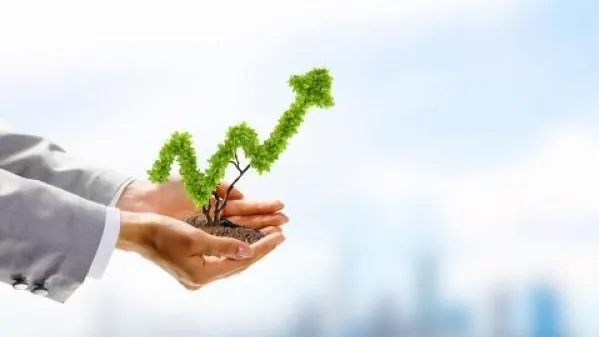
3 key initiatives to boost Malaysia’s green building segment
Implementing an Industrialised Building Systems is one, as 15% of a building’s GHG emissions happens during construction.
Malaysia has pledged a 45% cut in its greenhouse gas emissions by 2030 as part of its commitment to the United Nations Framework Convention on Climate Change (UNFCCC). In order to achieve this, one of the most important facets is increasing the energy efficiency of buildings.
According to CGS-CIMB, “In Malaysia, residential and commercial buildings consume about 12% of total energy and 49% of total electricity as of 2018. Therefore, buildings’ energy efficiency is crucial to reduce energy use and improve local environmental sustainability. Currently, there is no single official guide for the building and construction industry’s players to adhere to in terms of setting common green building goals and developing the entire ecosystem for delivering a green building.”
These are the three (3) key initiatives to improve energy efficiency in Malaysia’s building and construction sector, according to CGS-CIMB:
Key initiative 1: Green building designs
Voluntary building codes. There are a few voluntary building energy codes in Malaysia, such as: i) MS1525: Code of Practice for Energy Efficiency in nonResidential Buildings, published in 2001, to cover the design specifications of commercial buildings with conditioned floor space of more than 4,000 sq m, and ii) MS2680: Code of Practice for Energy Efficiency and use of Renewable Energy for Residential Buildings, published in 2017.
According to the Green Technology Master Plan (GTMP, 2017-2030), published in 2017, the voluntary instruments gained little traction in the building industry, and the adoption of several parts of MS1525:2007 relating to building envelope thermal energy performance requirements in the Uniform Building By Law (UBBL) had been slow, with only three out of 13 states gazetting it, i.e. Selangor (2012), Terengganu (2013), and Penang (2016).
Voluntary green building rating scheme. There are several green building rating tools, which include: i) the Malaysian Carbon Reduction and Environmental Sustainability Tool (MyCREST), used by the Construction Industry Development Board (CIDB), ii) the Green Real Estate (GreenRE), established by the Real Estate & Housing Developers' Association (REHDA), and iii) the Green Building Index (GBI) developed by Pertubuhan Akitek Malaysia (PAM) and the Association of Consulting Engineers Malaysia (ACEM). Green building rating schemes are also implemented, with new government buildings adopting green building designs in accordance with existing standards, such as MyCREST. Existing government buildings will be retrofitted, while industry players will be encouraged to obtain green certifications, such as the GBI or GreenRE, for private buildings.
Key initiative 2: Sustainable construction practices
Industrialised building systems (IBS). As 15% of a building’s GHG emissions throughout its lifecycle happens during the construction phase, the adoption of IBS is one of the measures backed by the government to reduce carbon emission and waste generation in construction practices.
The Construction Industry Transformation Plan (CITP) launched in 2015 aims to increase adoption of IBS through mandating all public projects worth RM10m and above to achieve a minimum IBS score of 70, and all private projects at RM10m and above to achieve an IBS score of 50 by 2020.
A higher IBS score reflects reduction of workers, less wastage, increased site cleanliness, and better quality control. Public sector projects’ IBS adoption rate grew from 69% in 2016 to 87% in 2019, whereas the adoption rate for private projects above RM50m increased from 14% in 2016 to 40% in 2019 as per Works Minister Datuk Seri Fadillah Yusof in Aug 2020.
Key initiative 3: Green building materials
Green building materials or eco-friendly materials are building construction materials that reduce energy consumption and environmental impact during the lifetime of its application in the building. SIRIM Eco-Label sets specific requirements for a material to achieve the Eco-Label certification in Malaysia.
There are two green product directories available to encourage green building material procurement, i.e. MyHijau Directory and GreenPages Malaysia, where products listed in these directories are required to be eco-labeled certified by a recognised certification body. Products labelled under the MyHijau directory are also eligible for incentives under MIDA’s Green Investment Tax Allowance (GITA), introduced in 2014.
As of 2019, there were more than 5,100 products and services certified with the MyHijau Mark, of which c.15% were related to the building industry. GTMP said that the variety and quality of new green building materials innovation were still limited in Malaysia, given that research and development of new green building materials is still at an early stage.

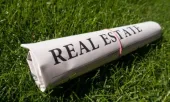

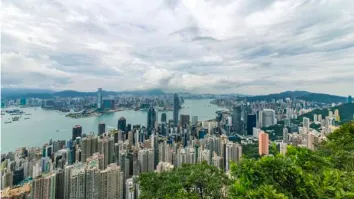
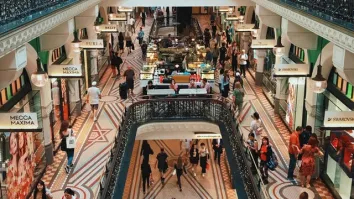
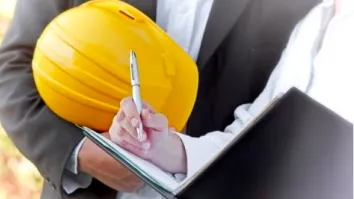
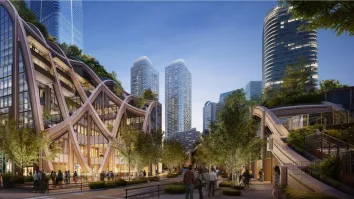


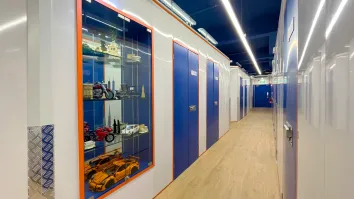
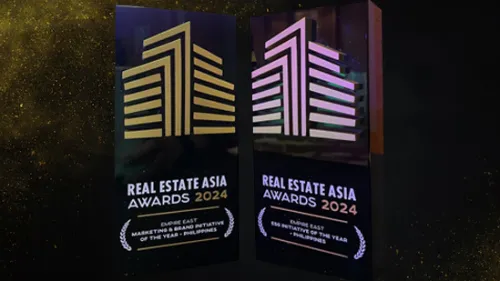
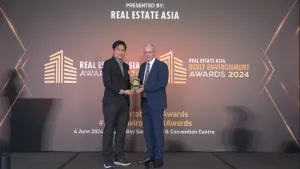

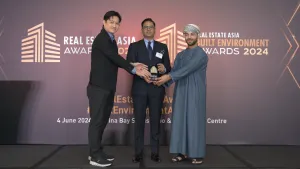
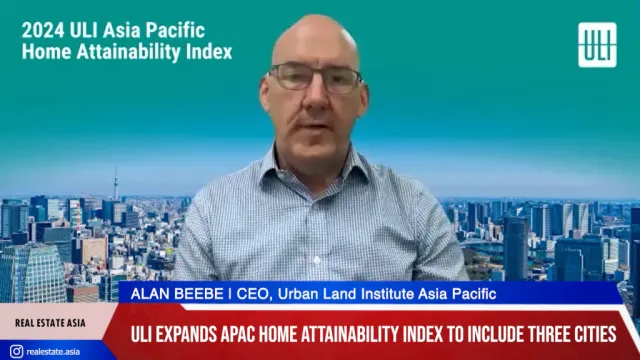

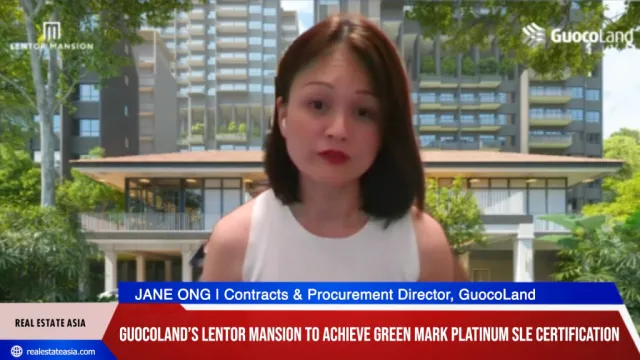

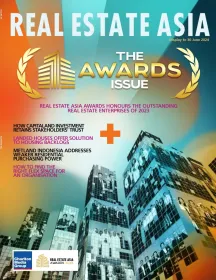
 Advertise
Advertise






